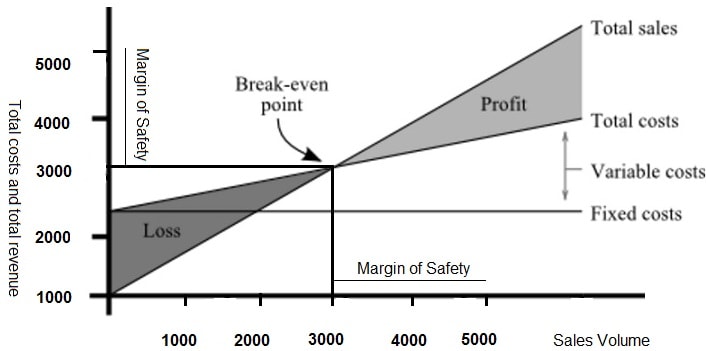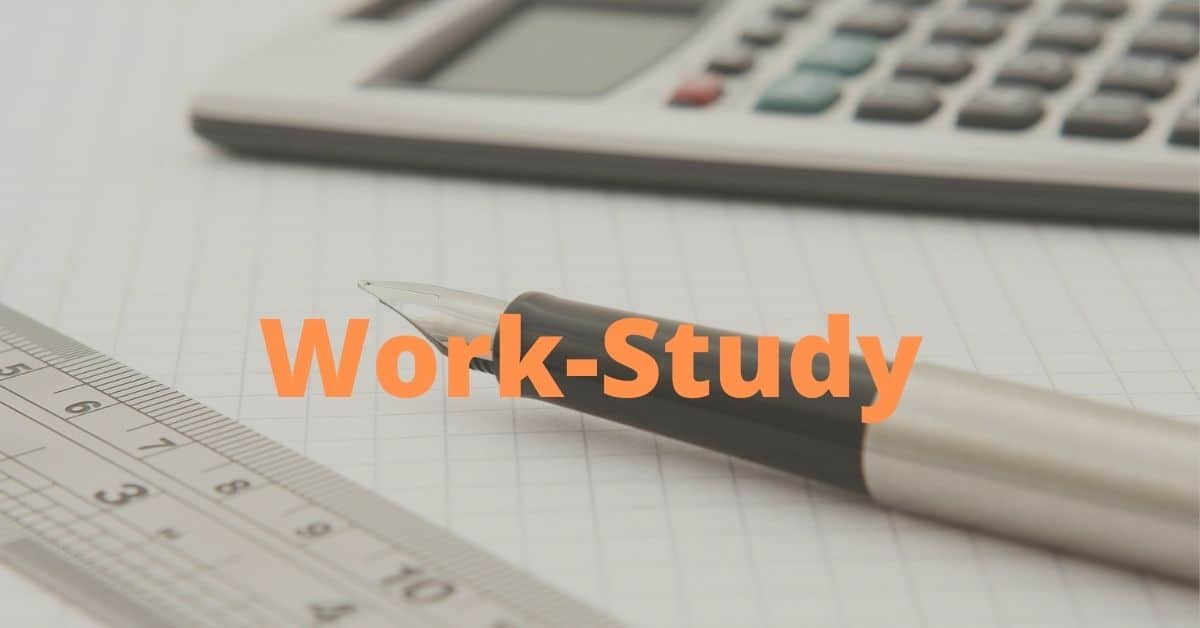What is a Product Life Cycle? 4 Stages in a Product Life Cycle, Examples, Pdf
The term product life cycle refers to the time period a product is introduced to consumers into the market until it’s removed from the market. The product life cycle is the process almost every product goes through from when it is first introduced into the market until it is removed from the market.









